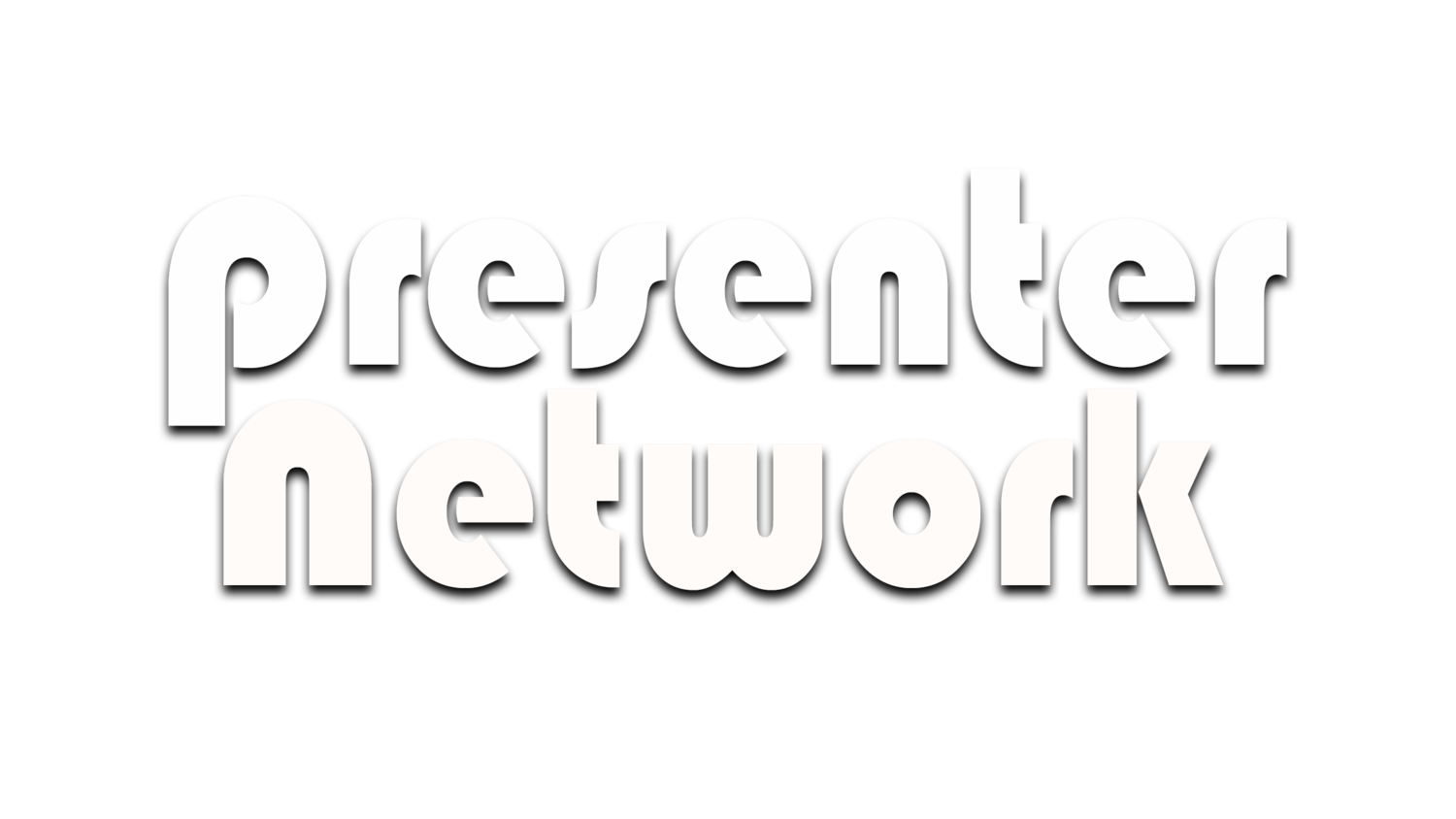Positioning yourself for the camera
Time and time again I have witnessed people just plonking themselves down in front of the camera with little or no thought about how they actually come across to viewers. Regardless of whether you are self shooting your video blog (VLOG) or presenting a live webcast you must consider the way you position yourself in the frame.
Working with a variety of different organisations and companies I have witnessed a number of faux-pars including one CEO who was adamant he wanted to shoot the live webcast on the new settee in the office. Despite being advised by his staff that he looked awkward on the settee he continued to record his piece to camera. The finished result was not flattering with his suit pulling against stomach and his trousers riding up his legs - some people will always believe they know best!
Careful consideration to how you position yourself in the frame is vitally important. In the past presenters have always relied on a producer, director or camera person to direct them however due to the popularity and ease of use of the smart phone people are becoming more proficient in the art of self shooting which means they also take on the director role. Directing yourself and presenting at the same time is not easy and must involve some preparation before you press record.
Sitting Down
If you are sitting down talking to camera be aware of where the camera is located. An ideal seated position is on a stool or on a seat that makes you sit up properly. Sitting on sofas should always be thought through carefully. Do not slouch into the sofa and watch what you are wearing. Suit jackets should be undone and the camera positioned carefully not to give the viewer a 'crotch shot'.
On terrestrial TV I still see the same mistake being made on a regular basis. One established breakfast TV presenter still insists on slouching into a sofa and he will not learn that it is not an attractive look (with his trouser legs riding up to his knees and his bloated stomach busting out of his buttoned up jacket).
Be aware of swivel chairs or chairs with wheels on them. One of my habits in the studio (when seated on a swivel chair) is to twist side to side. If you have a good producer or director they should pick up on this movement however if you are self-shooting you may not notice till the edit.
Standing
At times when you are lacking energy the best position for you to be in when performing a piece to camera is to stand up. Standing up gives you more flexibility with your body movements and helps keep your energy levels up. Standing up can also be more flattering to the presenter if the camera is positioned at eye level.
When presenting a static shot to camera ensure you 'ground' yourself by standing with your feet apart, elbows tucked in and use open body gestures. Be aware that if you are the type of person who moves their weight from one foot to another then you may end up swaying from side to side.
If you have the habit of rocking or fidgeting then you may move out of shot. When I self-shoot my Vlogs I use a small DSLR camera. The slightest movement I make either forward or to the side knocks the shot out of focus which can be frustrating. One way I get around this is to place feet markers (using coloured sticky tape) where I stand to ensure I do not move off my mark.
Practice setting up your shot and see what works best for you. If you are self shooting then playback the footage to see if you are happy with the way you look and your positioning.

